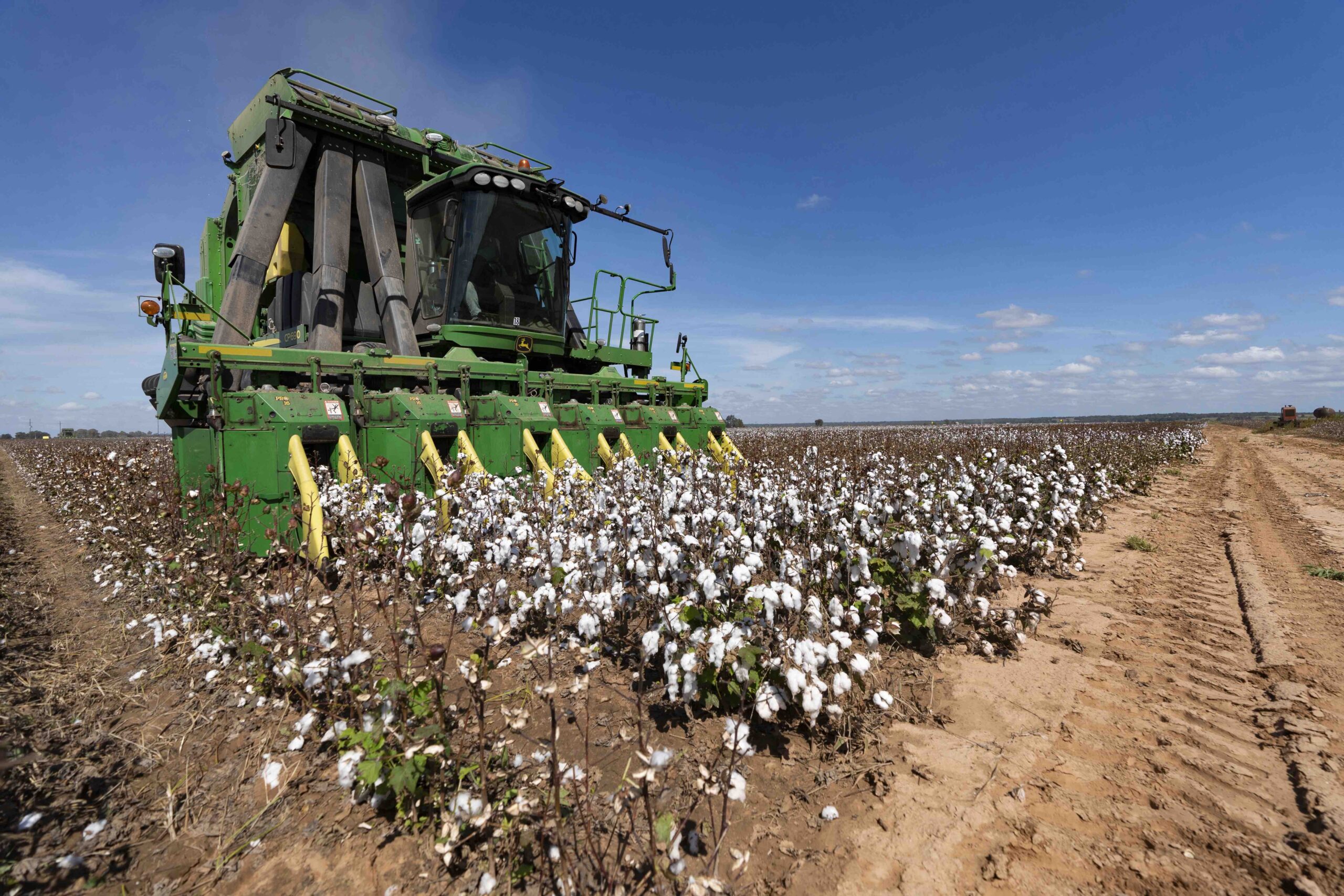With cotton added back to the farm safety net via the Bipartisan Budget Act of 2018, the 2018 Farm Bill largely maintained the statutory reference prices (SRPs) established in the 2014 Farm Bill. One noticeable exception was the addition of Effective Reference Prices (ERPs) in the 2018 Farm Bill at the insistence of House Republican negotiators. As we noted in a December 2022 Southern Ag Today article, Section 1101 of the 2018 Farm Bill (P.L. 115-334) allows for the ERP for a commodity to replace the SRP if 85% of the previous five-year Olympic average of the national marketing year average price is greater than the SRP. The ERP may increase to as much as 115% of the SRP.
A recent article noted that the Congressional Budget Office (CBO) is projecting that “9 of the 19 program crops will have an ERP higher than the SRP in at least some of the years of the baseline” with those crops representing “over 90% of all base acres in the United States.” They argue that this will result in an increase in Reference Prices “without Congress needing to do anything more than extend those [ERP] provisions.” While the article expressed surprise at “how little attention the ERP has received,” we have been reporting on it since the inception of Southern Ag Today as noted above. It seems the real purpose of this new article was to call into question the need for higher SRPs in the next farm bill, a key request of many state and national commodity organizations across the country. We believe this latest article seriously misses the mark in two key respects:
- First, while there is no question that the ERP provision is projected to result in higher Reference Prices for certain crops, it is projected to have zero impact on several other major commodities, including cotton, rice, and peanuts. While the author acknowledged this point, he simply used the absence of an increase in market prices for these other crops as a nonsensical justification for not adjusting the SRPs for these crops. As we’ve noted elsewhere (including in recent Southern Ag Today articles), sticky production costs and the prospect of lower prices are the primary justifications for increased SRPs (frankly, for all covered commodities).
- Second, while ERPs are certainly projected to provide higher levels of protection for some crops, those levels will also drop if marketing year average prices fall going forward. As a result, while CBO’s relatively flat price projections are an important factor in the debate, the much more important consideration for policymakers is how the farm safety net will fare if those projections are wrong. To that end, we analyzed the impact of an unforeseen price drop on all 64 crop farms maintained by the Agricultural & Food Policy Center (AFPC) at Texas A&M University. Specifically, we examined the impact of a price decrease over the next 5 years assuming that crop prices followed the same path experienced during the last downturn from 2013 to 2017. Under this scenario, 33 of the 64 crop farms maintained by AFPC would face a greater than 50% likelihood of an ending cash shortfall at the end of the baseline outlook (2028). In other words, under that scenario, 52% of the farms would have a greater than 50% chance of exhausting all cash on hand over the next 5 years and would have to debt-finance the day-to-day operations of the farm. Bottom line: if there are any unforeseen hiccups in the market, the current farm safety net is simply NOT up to the task of mitigating losses for many farms across the country.
As we’ve noted time and again, the farm bill debate is fertile ground for those who like to sow regional discord. Serious observers know that the farm bill must work for growers throughout the United States and not just one region of the country. If the goal is to ensure that the farm safety net can provide meaningful levels of support for producers in the event of a downturn in the farm economy, simply relying on existing Effective Reference Prices – or even modest 5-10% increases in the Statutory Reference Prices for many covered commodities – will simply prove insufficient. Producers are operating in a higher cost environment, the Federal farm safety net needs to reflect that fact. We are all for the swift completion of the farm bill, but given the extraordinary amount of capital that American producers are putting at risk, we continue to believe that the substance of the farm bill is far more important than the timeline.
Fischer, Bart L., and Joe Outlaw. “Reference Prices: Setting the Record Straight.“ Southern Ag Today 3(41.4). October 12, 2023. Permalink

